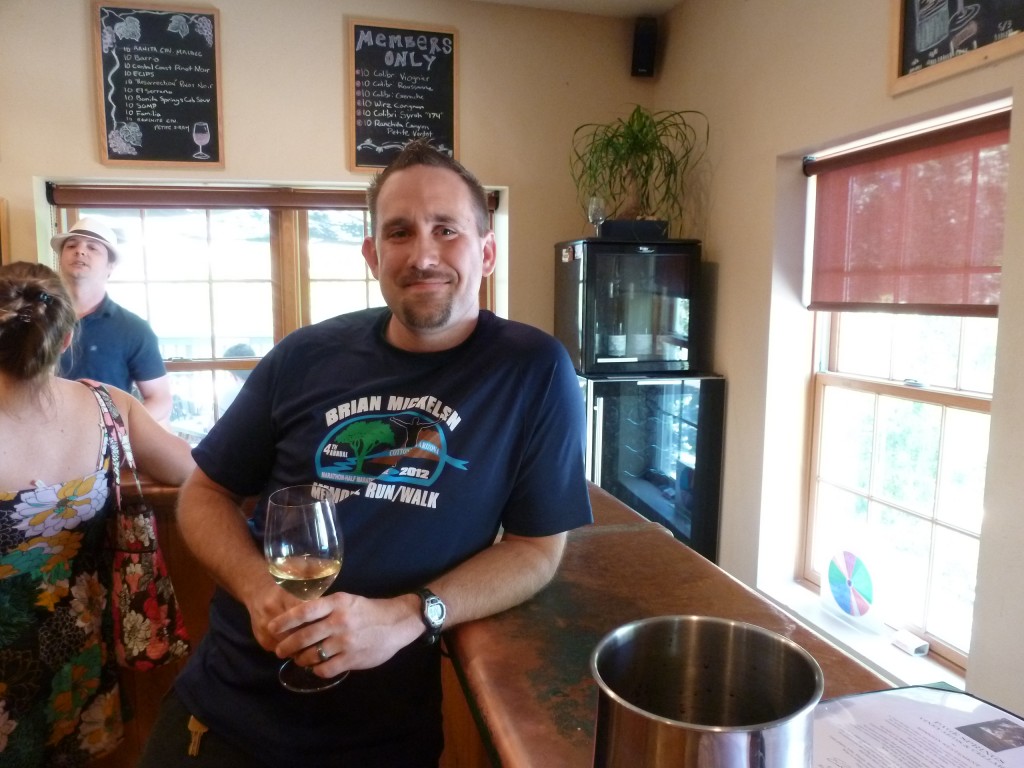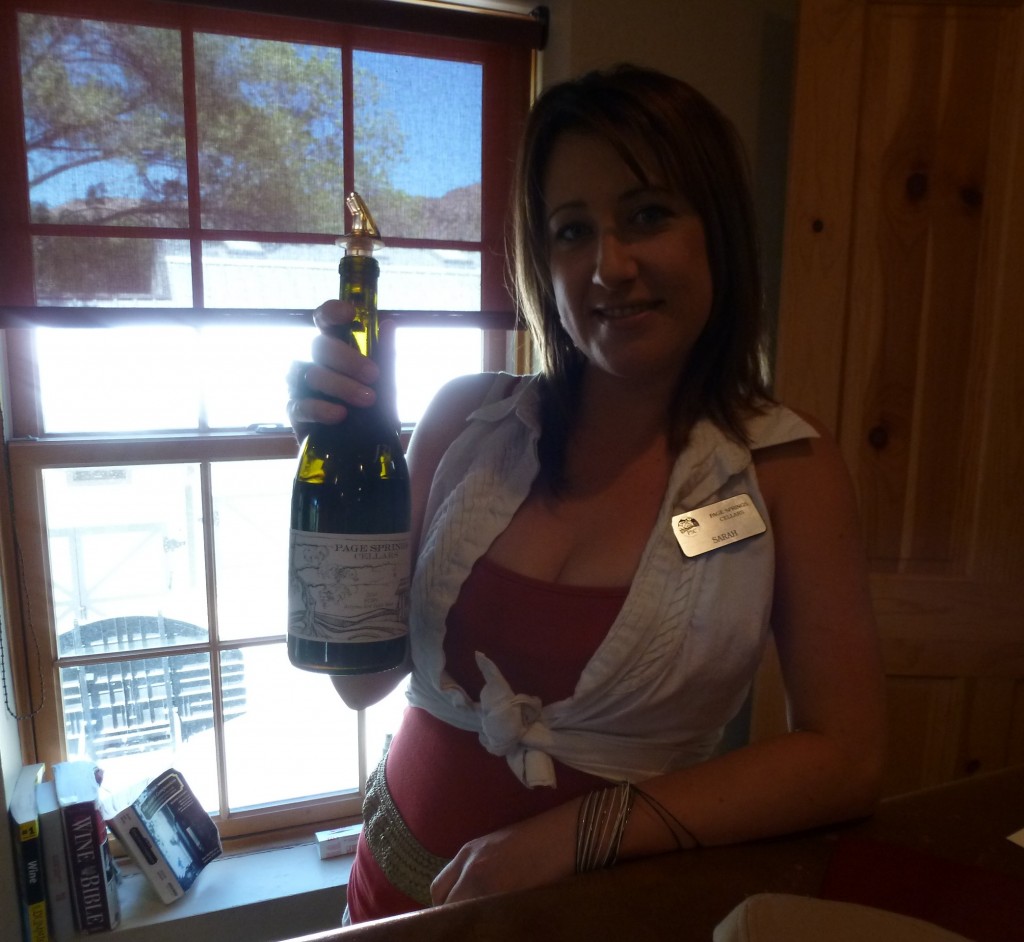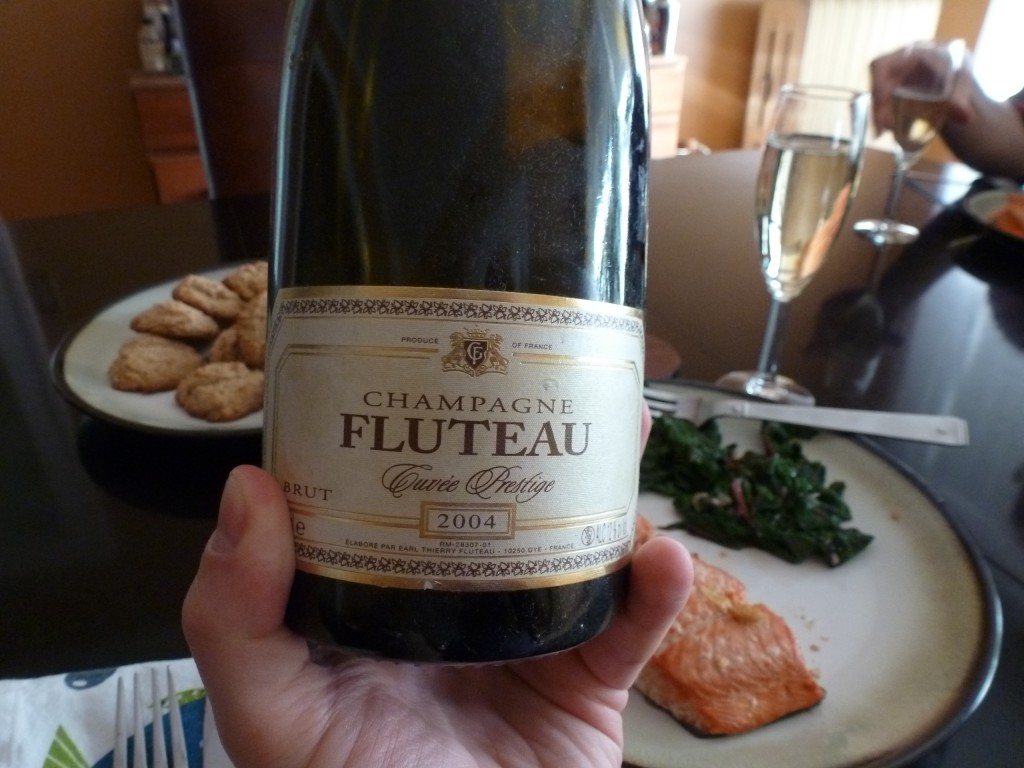A Wine Region On The Cusp: Part 2
 As I mentioned at the end of the previous post, I still hadn’t quite put all the pieces together. How was it that Arizona, of all places, was coming up with these numerous high-quality wines?
As I mentioned at the end of the previous post, I still hadn’t quite put all the pieces together. How was it that Arizona, of all places, was coming up with these numerous high-quality wines?
In the professional and lively tasting room of Page Springs Cellars, an assistant winemaker named Matt pointed out the obvious: “We have ample water from the creek outside, and there’s an aquifer below.” He continued describing the terroir, how the rocky hillsides were well-drained with poor soil (the soil shouldn’t be too fertile — you want the vines to struggle a bit). The weather was hot during the day, of course, but at night, the high-elevation vineyards stayed nice and cool. Indeed, I had cozied up to my fireplace the evening before.
In short, the Page Springs terroir is pretty darn great. Most of the fruit, however, still seems to come from Arizona’s southeast, which is at a similar elevation.
Matt thought Malvasia might become one of Arizona’s signature varieties, and my tasting at Page Springs Cellars certainly supported that theory. I sampled that along with a number of other excellent wines, mostly Rhône varietals and blends, the quality of which no longer came as a surprise. If you only have time to visit one winery while in the Sedona area, this should be it.
Here’s a rundown of my tasting. Again, all the fruit from these wines comes from southeastern Arizona, not the Page Springs area, unless otherwise noted:
 2010 Bonita Springs Malvasia: Like all the other wines I sampled at Page Springs Cellars, this one came with an eye-catching black and white label. The nose had big fruit and a touch of flowers, and juicy acids balanced subtle flavors of peach and pineapple. $28
2010 Bonita Springs Malvasia: Like all the other wines I sampled at Page Springs Cellars, this one came with an eye-catching black and white label. The nose had big fruit and a touch of flowers, and juicy acids balanced subtle flavors of peach and pineapple. $28
2010 La Serrana: Try this blend of 50% Viognier from the Arizona Stronghold vineyard and 50% Rousanne from the Colibri vineyard as soon as you can. According to the Page Springs Cellars website, “A portion of the [Colibri] vineyard was burned to the ground. Thirty-foot high flames cooked the vineyard on three sides and damaged many other vines.” The wine had a nutty, almost buttery aroma, and it certainly tasted rich and creamy. But it was fruity as well, and ample acids kept the wine light on its feet. $30







